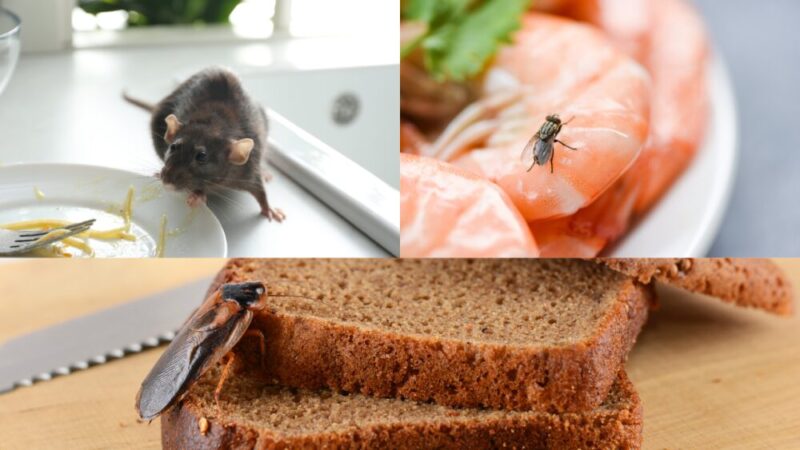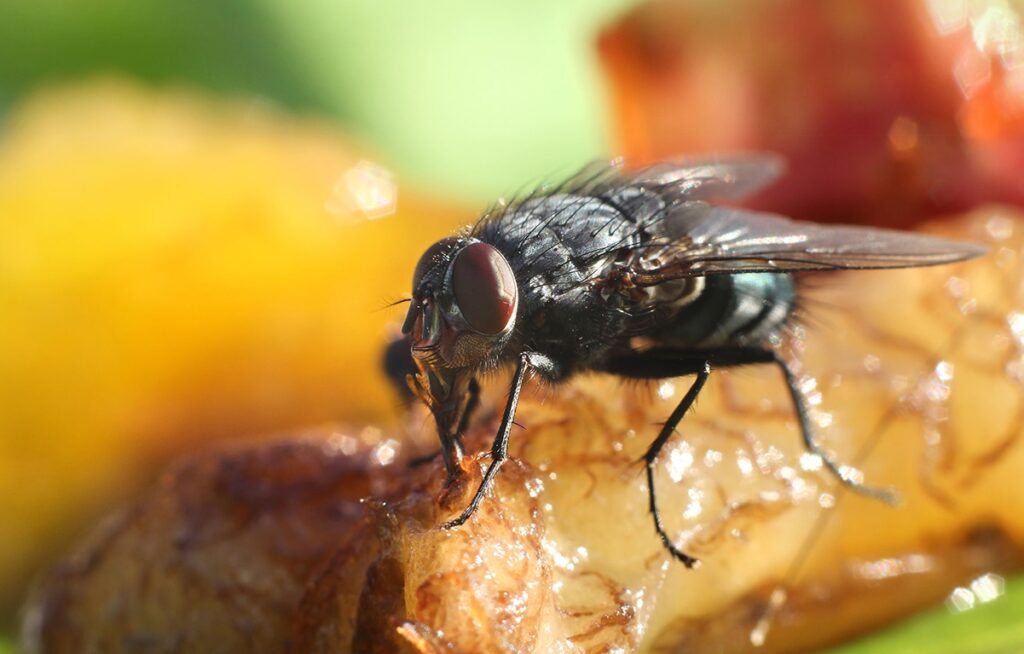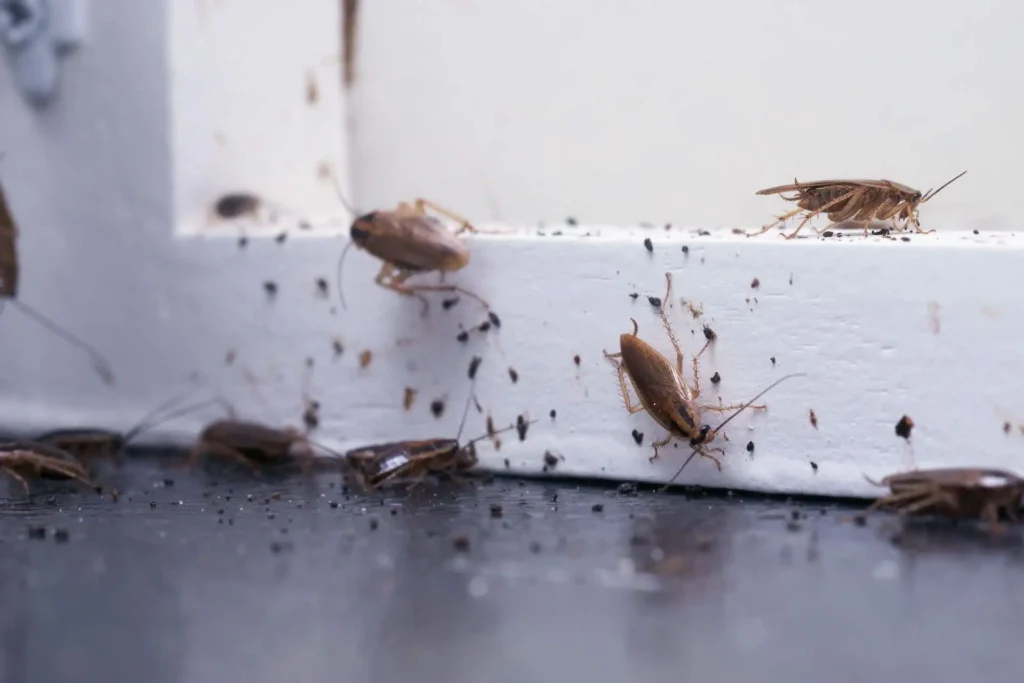Pests are an unwelcome addition to any home, often causing frustration, damage, and even health issues. While many people might joke that bad cooking attracts pests, the reality is far different. These uninvited guests are drawn to your home for reasons that have little to do with your culinary skills and more to do with other factors that might be inadvertently providing them a haven. Understanding what attracts pests can help you take proactive measures to keep them at bay.
Moisture: The Lifeline for Pests
One of the primary reasons pests invade homes is the availability of moisture. Various pests, including mosquitoes, cockroaches, and termites, thrive in moist environments. Water leaks, standing water, and high humidity levels create the perfect breeding grounds for these unwanted visitors. For instance, mosquitoes are notorious for breeding in stagnant water, so eliminating standing water around your home is crucial if you want to get rid of mosquitoes. Fixing leaky pipes, ensuring proper drainage, and using dehumidifiers in damp areas can significantly reduce the attractiveness of your home to these pests.
Food Sources: A Pest’s Delight

While it might not be your cooking specifically, the availability of food sources is a major attraction for pests. Crumbs on the kitchen floor, food residues on countertops, and improperly stored food can all provide a feast for pests like ants, rodents, and cockroaches. Even pet food left out can attract these critters. To minimize this attraction, it’s essential to maintain good kitchen hygiene, store food in sealed containers, and clean up spills immediately. Regularly taking out the trash and ensuring garbage bins are tightly sealed can also prevent pests from making your home their dining area.
Shelter: A Safe Haven for Pests
Pests seek out homes not just for food and moisture, but also for shelter. Cluttered spaces, piles of wood, and overgrown vegetation near your home can serve as perfect hiding spots for pests. Rodents, spiders, and termites, in particular, are drawn to these conditions. Maintaining a tidy yard, trimming back vegetation, and storing firewood away from your home can help reduce the likelihood of pests finding shelter. Inside your home, reducing clutter and sealing cracks and crevices can make it less inviting for pests looking for a place to hide.
Entry Points: An Open Invitation

Even the smallest openings can serve as entry points for pests. Gaps around windows and doors, cracks in the foundation, and openings around utility lines are all potential entryways for pests. Rodents, in particular, can squeeze through incredibly small spaces. Regularly inspecting your home for these potential entry points and sealing them with caulk or other appropriate materials can help prevent pests from gaining access. Installing door sweeps and repairing damaged screens can also be effective in keeping pests out.
Light: A Beacon for Insects
Many insects are attracted to light, and this can often lead them to your home. Porch lights, garden lights, and even indoor lighting can draw pests like moths, flies, and beetles. Using yellow or sodium vapor light bulbs, which are less attractive to insects, can help reduce this issue. Additionally, keeping outdoor lights off when not needed and using curtains or blinds to minimize indoor light leakage can further deter pests from being drawn to your home.
Warmth: A Cozy Invitation
As the seasons change, pests seek out warmth, making your home an inviting refuge, especially during colder months. Rodents and insects often invade homes seeking a warm place to survive the winter. Ensuring your home is well-insulated and free of drafts can help keep pests out. Regularly checking and maintaining your heating system can also prevent pests from finding cozy spots within your home’s infrastructure.
Odors: The Invisible Magnet

Pests are also attracted to various odors, which can lead them to your home. Food odors, garbage, and even certain plant scents can draw pests in. For instance, fruit flies are particularly attracted to ripening or decaying fruit. Maintaining a clean home, using airtight containers for food storage, and regularly disposing of garbage can help minimize these odors. Additionally, using natural pest repellents, like essential oils, can mask these scents and deter pests.
Neglected Maintenance: An Open Invitation
Routine home maintenance plays a crucial role in keeping pests at bay. Neglected areas like attics, basements, and crawl spaces can become breeding grounds for pests. Regular inspections and maintenance of these areas can prevent infestations. Cleaning gutters, repairing roof damage, and ensuring proper ventilation are all part of a proactive approach to pest prevention. By addressing potential issues before they become serious problems, you can keep your home less inviting to pests.
Outdoor Factors: The First Line of Defense
Your home’s exterior plays a significant role in pest prevention. Overgrown trees and shrubs, accumulated leaves, and unkempt lawns can attract pests. These areas provide shelter and breeding grounds for various insects and rodents. Regular yard maintenance, including trimming trees and shrubs, raking leaves, and keeping the lawn well-maintained, can significantly reduce the risk of pests making their way into your home. Additionally, creating a barrier by keeping mulch and vegetation away from the foundation can help deter pests from entering.
Professional Pest Control: A Worthwhile Investment

Sometimes, despite your best efforts, pests can still find their way into your home. In such cases, professional pest control services can be invaluable. Pest control experts have the knowledge, tools, and experience to effectively deal with infestations and prevent future occurrences. Regular pest control treatments and inspections can provide peace of mind and ensure that your home remains a pest-free environment.
In conclusion
Keeping pests out of your home requires a multifaceted approach that goes beyond simply focusing on cleanliness. Understanding the various factors that attract pests, from moisture and food sources to shelter and entry points, can help you take effective preventative measures. By maintaining good home hygiene, performing regular maintenance, and seeking professional pest control services when needed, you can create an environment that is inhospitable to pests, ensuring your home remains a comfortable and healthy place to live.

